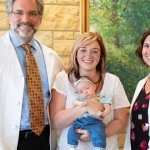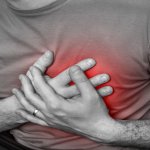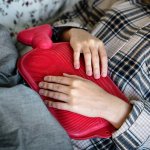
News • Microsatellites
Stomach and colorectal cancer: AI identifyies patients for immunotherapy
Changes in certain sections of the genetic material of cancer cells, so-called microsatellites, can provide an important indication of whether immunotherapy may be successful in a patient with stomach or colorectal cancer. Scientists from Uniklinik RWTH Aachen, the German Cancer Research Center (DKFZ), the German Cancer Consortium (DKTK) and the National Center for Tumor Diseases Heidelberg (NCT)…


























